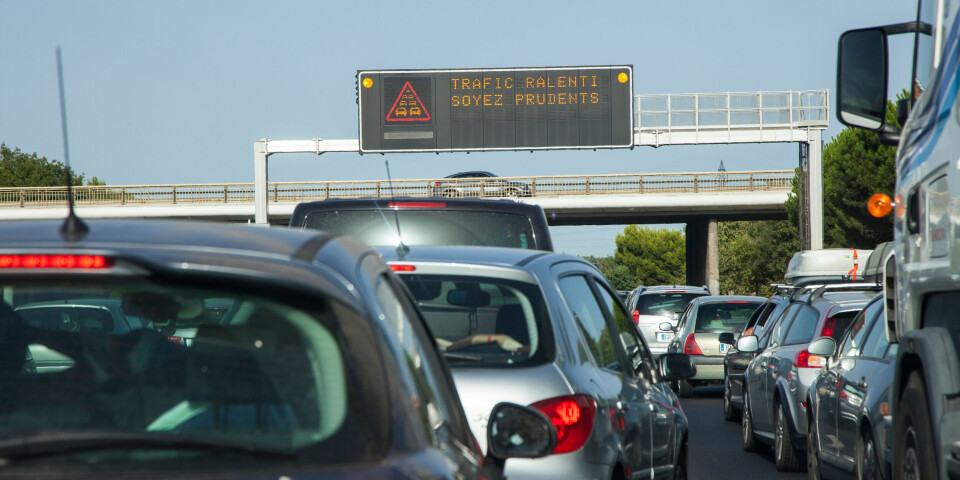New AI road cameras in France to catch more types of offences
Drivers not wearing a seatbelt or using their phone will soon be detected by smart radars
Those using a mobile phone when driving risk being caught by the new cameras
Azulblue/Shutterstock
AI-powered radar cameras that can detect new driving offences are set to start being installed across France, according to media reports.
Alongside testing for the usual driving offences, these cameras can detect drivers on their mobile phones, not wearing their seatbelts, or driving too close to other vehicles.
Drivers caught breaking these rules face a fine of €135 per infraction, and the loss of three points from their licence (drivers living in the country with a non-French licence found guilty of these offences will need to exchange their licence for a French one).
A €46.3 million budget is in place to maintain France’s current fleet of radars and to modernise technology for hundreds more, and was approved at the end of 2024.
Around 500 high-powered radars are set to be deployed across urban areas of France as part of the plans, either via new cameras or upgrades to existing cameras. It is expected there will be 4,160 radars in total across the country by the end of 2025.
However they must go through a testing process before they are deployed, which includes ensuring they are compatible with France’s margin of error rules for speeding.
Similar cameras have recently been installed in the south of England and are being used by police in Essex to catch guilty drivers.
New cameras test car-share lanes and number plates
In similar news, AI-powered cameras are also able to read number plates to check vehicles have suitable insurance, as well as check they are conforming to parking rules in busy areas.
They are being progressively deployed across cities in France.
A separate set of cameras used to check drivers are complying with new car-share lane rules entered into use in March 2025, notably after several roads around Paris were turned into rideshare lanes.
Read more: New car-sharing lanes on Paris ring road and two motorways: how do they work?






























